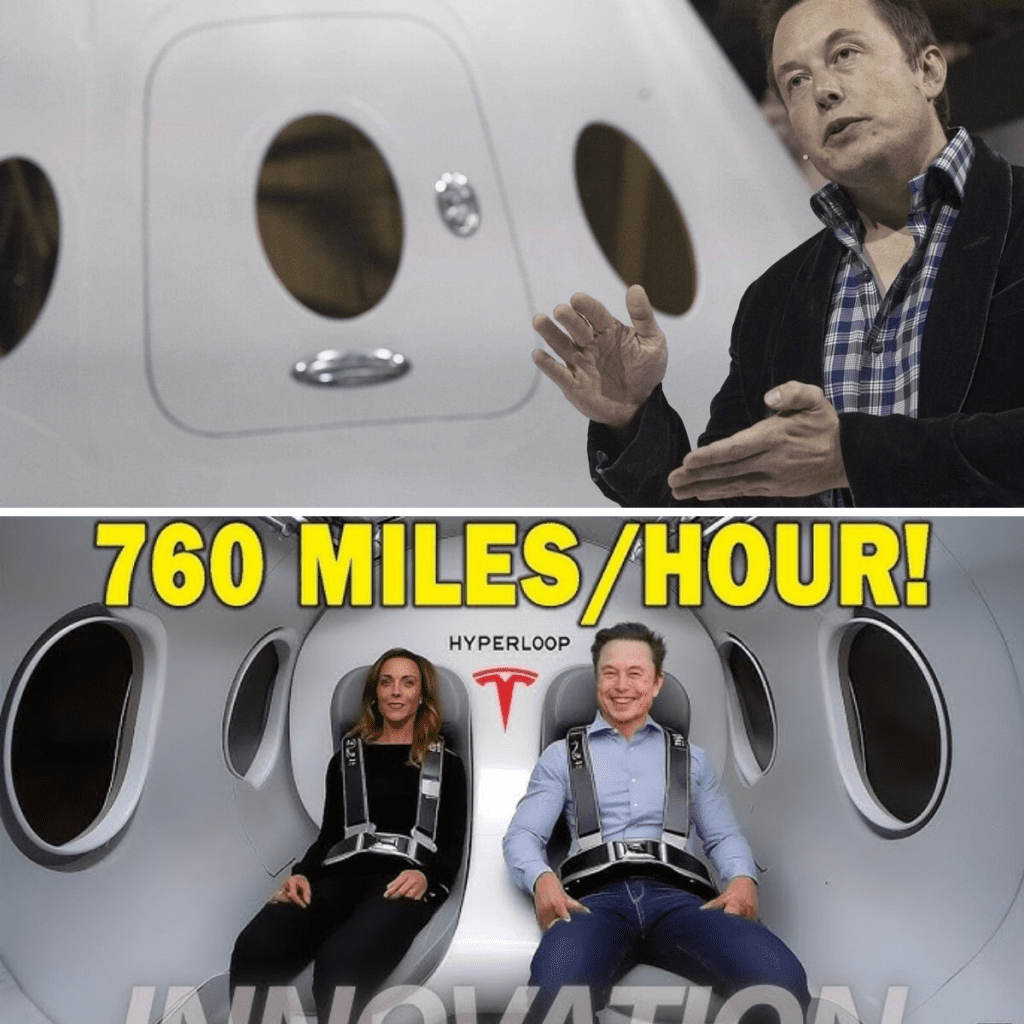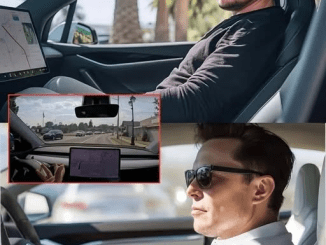
In the realm of futuristic transportation, the Hyperloop stands out as a groundbreaking innovation that promises to redefine how we travel between cities. Imagine cruising at a blistering speed of 760 mph—13 times faster than a Boeing 747 and 1.7 times faster than Japan’s famed Shinkansen. Elon Musk’s Hyperloop project aims to cut travel times between major cities, such as Los Angeles and San Francisco, to just 35 minutes. Beyond its unprecedented speed, the Hyperloop is designed to reshape transportation with energy efficiency that is two to three times greater than high-speed rail.

The Passenger Experience
The Hyperloop’s design is not just about speed; it also focuses on enhancing the passenger experience. Envision a fully enclosed capsule or pod that can carry 28 passengers, gliding through low-pressure tubes at incredible speeds. These pods can depart as frequently as every two minutes, or even every 30 seconds during peak hours. The system is not limited to passenger transport; larger versions are being developed to carry full-size vehicles, allowing you to load your SUV into a tube and have it arrive at your destination faster than a plane could.
Efficiency of the Hyperloop
The efficiency of the Hyperloop is a game-changer. Unlike traditional transportation methods, the Hyperloop minimizes air resistance and friction through its innovative design. The pods float on air cushions, utilizing air bearings that allow them to glide smoothly along the tubes. This frictionless ride is akin to an air hockey puck gliding across a table, making the Hyperloop significantly more efficient than conventional airplanes and trains.
The tubes themselves are constructed from steel, with a diameter optimized to maintain the air cushion and reduce drag. Linear accelerators provide the necessary thrust, while a partial vacuum environment within the tubes further reduces air resistance. This combination of design and technology allows the Hyperloop to achieve speeds that leave traditional modes of transport in the dust.
Technological Marvel

The Hyperloop’s technology is a marvel of modern engineering. It employs passive magnetic levitation (maglev), where magnets on the pod interact with aluminum rails, eliminating the need for constant power to keep the system moving. This not only enhances efficiency but also reduces operational costs. The low-pressure environment within the tubes is designed to ensure passenger safety, with enough air to breathe comfortably, even in the event of a malfunction.
The use of lightweight materials in both the capsules and tubes contributes to the system’s energy efficiency. By keeping the overall weight low, the Hyperloop can achieve high speeds while consuming minimal energy. Additionally, solar panels mounted on top of the tubes provide renewable energy to power the entire system, making it an environmentally friendly alternative to air travel.
Economic Potential
The economic implications of the Hyperloop are significant. With ticket prices estimated to be between $20 and $30, it offers an affordable alternative to long-haul travel. The Hyperloop aims to attract 20 million passengers annually on major routes, making it accessible to the average commuter. Investors predict that the Hyperloop could break even within 8 to 10 years, with initial construction costs significantly lower than those of traditional high-speed rail systems.
The projected market value for Hyperloop technology is expected to reach $15 billion by the end of the decade, highlighting its potential as a transformative force in the transportation sector. The Hyperloop is not just a concept; it is rapidly becoming a reality, with ongoing tests and ambitious plans for implementation.
Conclusion
Elon Musk’s Hyperloop project represents a revolutionary leap in transportation technology. With its unparalleled speed, efficiency, and affordability, the Hyperloop has the potential to reshape how we travel, making long-distance commutes faster and more convenient than ever before. As testing continues and infrastructure develops, the dream of zipping across cities at incredible speeds is closer to becoming a reality. The future of travel is indeed looking brighter and speedier, and the Hyperloop is at the forefront of this exciting transformation.


